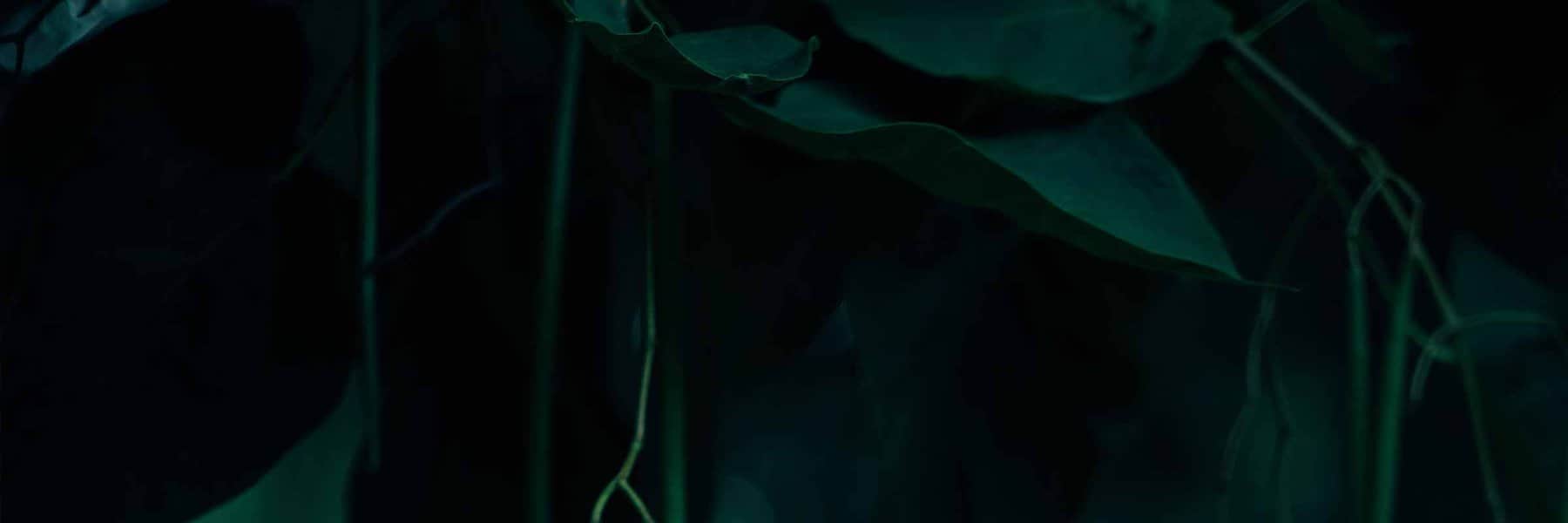Vulnerability of New Zealand Myrtaceae species to natural infection by Austropuccinia psidii (myrtle rust)
October 2021
Current knowledge about the vulnerability of New Zealand’s native myrtle species to Austropuccinia psidii comes
from resistance screening of young seedlings performed with artificial inoculation under controlled
conditions, from surveillance data collected during the initial incursion response and from field observations. The controlled resistance screening is important because it can potentially reveal the inherent genetic susceptibility of species, whereas surveillance data and field observations may reflect sampling bias and other factors affecting vulnerability, such as presence of new shoot growth, presence of airborne spores (inoculum) and suitability of weather conditions. However, it needs to be determined how well the method of screening young seedlings under artificial conditions represents the effects of myrtle rust on host species in the natural environment.
We established field trials in Rotorua and Auckland in spring 2019 to compare the artificial inoculation results with myrtle rust development. Monitoring of disease, plant growth and environmental conditions at the two sites over two seasons confirmed that the different species have different degrees of susceptibility and different responses to seasonal myrtle rust attack.
